Content:
In many regions of the country, climatic conditions make it possible to obtain high yields of tomatoes only in protected ground: a greenhouse, a greenhouse, a greenhouse. The amount of soil in such structures is limited, so over time it becomes poorer and depleted. A properly selected green manure can be an excellent fertilizer that improves the structure of the soil in a short time.
When and why to plant green manure
In the greenhouse, siderates can be sown in late autumn or early spring, although the latter option is considered more effective - all substances remain in the ground and are not washed out when the snow melts. Most green manures grown before tomatoes have a high cold resistance, therefore, with early spring sowing, they will have time to grow, and with timely mowing and adding to the soil, they decompose.
Greenhouse greenhouse plants are sown in spring under tomatoes in order to improve the composition of the soil, saturation of the soil with nutrients. As a result, there is no need to apply any other fertilizers before planting a crop - in the soil ennobled with green manure, tomatoes feel great, develop well, grow and are practically not affected by common pests and diseases.
Greenhouse tomato greenhouse
When deciding which green manure is better to sow in spring for tomatoes, it is imperative to take into account the acidity of the soil, the type (light / heavy) and the lack of a specific element that must be replenished. Recommended green manures for tomatoes belong to the cruciferous, cereal, and legume families.
Cruciferous. This group of green manure is considered the most popular among Russian gardeners. Most often sown:
- oil radish. This green manure is considered one of the most effective for controlling the soil pest nematode, it is distinguished by its rapid growth and unpretentiousness. Radish displaces even the most tenacious weeds. Enriches the earth with a lot of potassium;
- mustard white. The most common green manure. The plant gives quick and friendly shoots, rapidly gaining green mass. Structures the ground to a depth of several meters. Seeds of white mustard, in comparison with the planting material of other green manure, are inexpensive.
Cereals. Representatives of this family have a good root system, therefore, when it decomposes after cutting, loosening and aeration of the soil is provided. For tomatoes, it is recommended to sow oats as green manure - it enriches the soil mainly with potassium, which is consumed by the crop throughout the entire life cycle in large quantities.
Legumes. Siderata, belonging to the legume family, saturate the soil with nitrogen, which is necessary for tomatoes to grow and gain green mass. In the greenhouse in front of the tomatoes, you can plant:
- Vick. This climbing plant is often sown with oats (it supports vetch stems). Grows well on neutral soils;
- lupine. Due to the deep root system, lupine is able to restore soil fertility in a short time. Grows well in any soil. It is sown 2 months before the tomatoes are planted in the greenhouse. The seeds of this green manure are quite expensive;
- alfalfa. This green manure is considered the most fastidious, therefore it is not used so often: alfalfa requires constant soil moisture, grows poorly and blooms quickly in drought.The type of soil is also important - it will not grow on heavy, acidic and waterlogged soils.
- phacelia. The second most popular siderat for tomatoes after mustard. It introduces the three most important elements into the soil - nitrogen, potassium, phosphorus. The plant itself can change the acidity of the soil, making it neutral. Phacelia growing in the same greenhouse with tomatoes protects the crop from common viral and fungal diseases.
Phacelia is considered a universal green manure; it is suitable for all vegetables.
Planting tomatoes in mustard
In areas with an unfavorable climate, even such a cold-resistant green manure as mustard cannot always be sown in greenhouses. Therefore, it can be sown later and not buried in the ground, but the tomatoes can be planted directly into the mustard. Below are detailed instructions for planting tomatoes with mustard.
In early spring, as soon as the soil in the greenhouse thaws (late February - mid-March), you need to plant mustard seeds. There are two seeding methods: continuous and row. To determine the choice of method, you need to consider each of them separately.
- Continuous sowing of mustard seeds consists in mixing the planting material with sand in equal proportions and dense distribution over the surface of the bed. They can be shallowly loosened into the ground with a rake or simply sprinkled with a small layer of soil or peat.
- For drill sowing, the soil must first be loosened, then the planting furrows must be made with a hoe, mustard must be sown and covered with soil or mulch.
Technically, a continuous sowing of mustard is much easier.
Seedlings of tomatoes are planted in accordance with the planting scheme in the aisles of mustard (with its row sowing) or in pre-prepared areas (with continuous sowing, you will have to pull out the green manure in the landing places).
Within 2-3 weeks, the two crops grow together. Mustard must be cut off in time so that it does not give seeds, this happens already a month after planting. When cutting siderates, you need to retreat from the surface of the ground about 5 cm. After that, the mustard starts growing again.
During the season, it is necessary to periodically cut off the newly growing mustard when the crop reaches a height of 20-30 cm.
You can use the green manure once, cutting it off before flowering after planting the tomatoes with a flat cutter. In this case, the roots of the mustard remain in the ground and decompose, turning into an excellent top dressing and loosening the soil. The mowed green mass is used to mulch the beds.
This technology of planting and growing greenhouse tomatoes in mustard plantings is considered quite laborious, but the end results are worth it.
- Tomatoes receive all the necessary nutrients for nutrition, which are easily absorbed by the root system, therefore they take root well after planting, quickly adapt to new conditions and start growing.
- After cutting the mustard, the soil becomes loose, air and moisture permeable - there is no waterlogging of the soil during irrigation.
- Mulching tomato bushes with mowed mustard greens helps to reduce air humidity in the greenhouse.
- The mustard sown around tomatoes protects the garden crop from pests and diseases - the phytoncides that make up this green manure prevent the appearance of phytophthora, and essential oils scare off harmful insects.
Tips and tricks for gardeners
It is not difficult to plant and grow unpretentious siderata in a greenhouse - they even practically do not need to be watered, there is enough water after the snow melts. Correct mowing of green manure tops is very important.Below are some tips and tricks for running your event.
- Siderata in the spring for tomatoes must be cut in advance - 2 weeks before planting.
- An excess of nitrogen in the soil will negatively affect the yield of tomatoes, therefore, the growth of leguminous green manures must be carefully monitored and not allowed to grow to large sizes.
- Timely mowing of the tops is important for another reason - overgrown green manures decompose more slowly in the soil, since their stems become denser as they grow.
- After cutting, it is recommended not to plow the tops into the soil, but simply spread it out in the beds. The fact is that when plant residues are embedded in the soil, many nutrients are lost.
- When mowing green manure, it is important not to damage their root system, therefore the plane cutter is not buried more than 5 cm into the ground.
The correct choice, early sowing and timely mowing of siderates will naturally prepare greenhouse tomato beds in the spring before planting a crop without the use of agrochemicals.
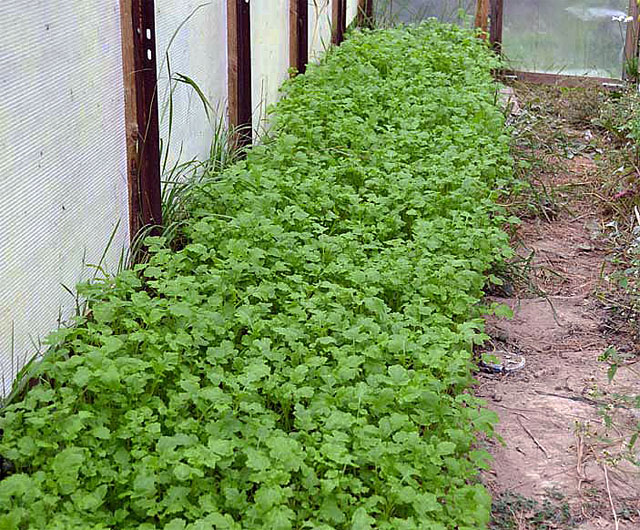
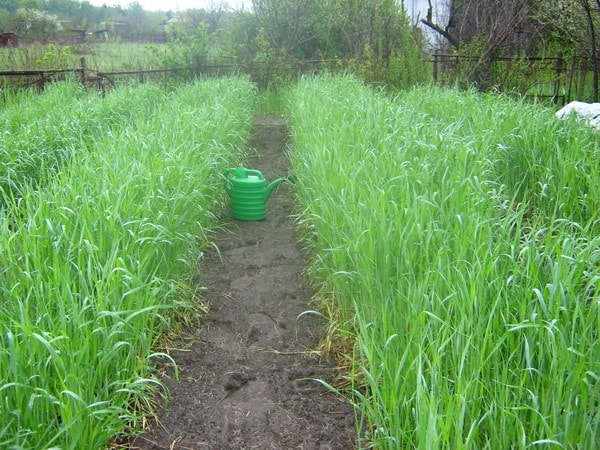
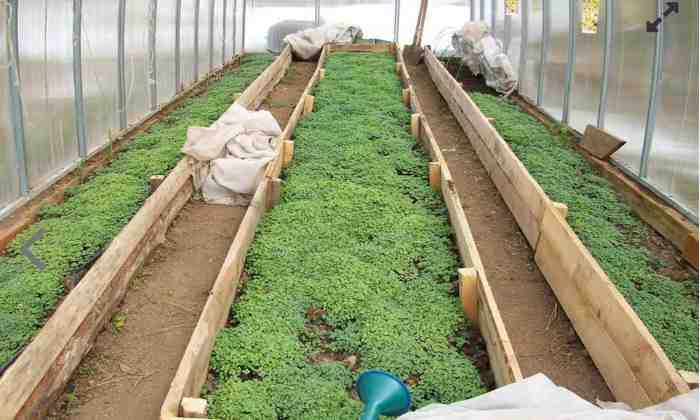

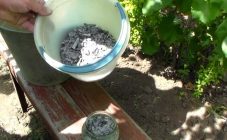
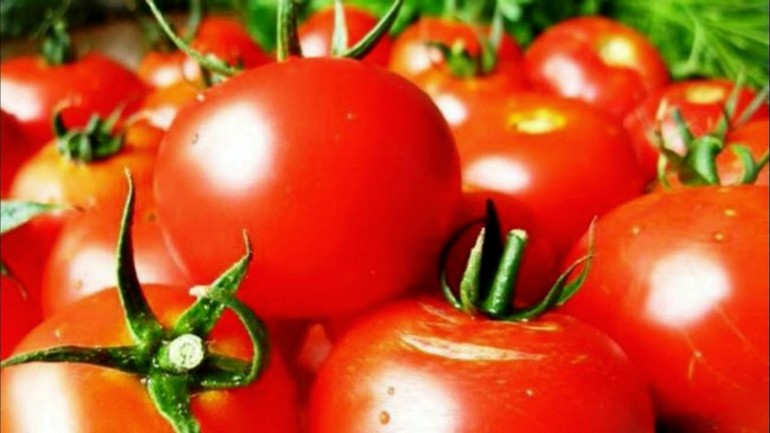
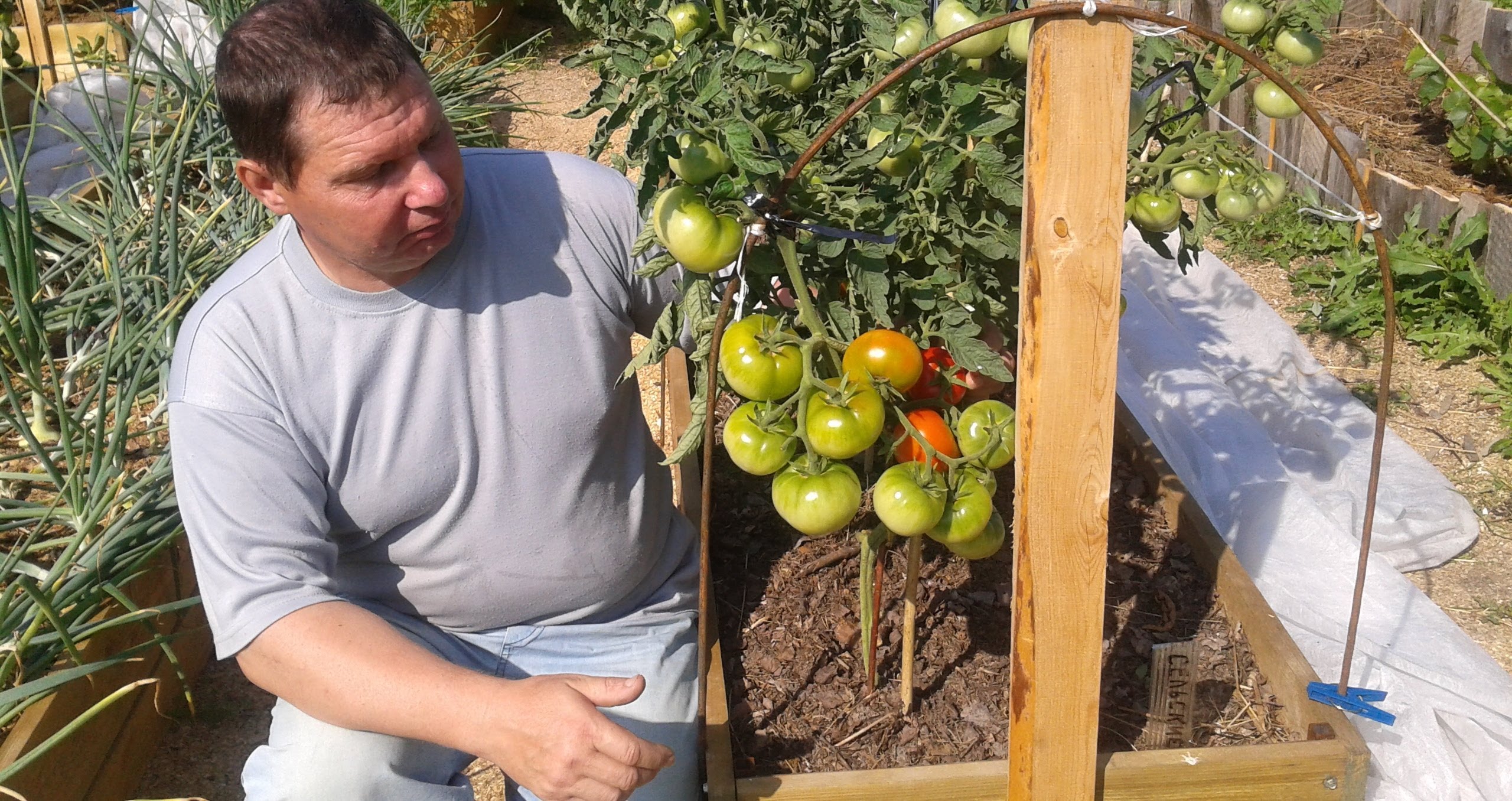








“It is not difficult to plant and grow unpretentious greenhouse greenhouses - they even practically do not need to be watered, there is enough water after the snow melts.”…. Where does the snow come from in the greenhouse ?! unless of course you put it there, but this amount is not enough to moisten the earth properly. Watering is NECESSARY!